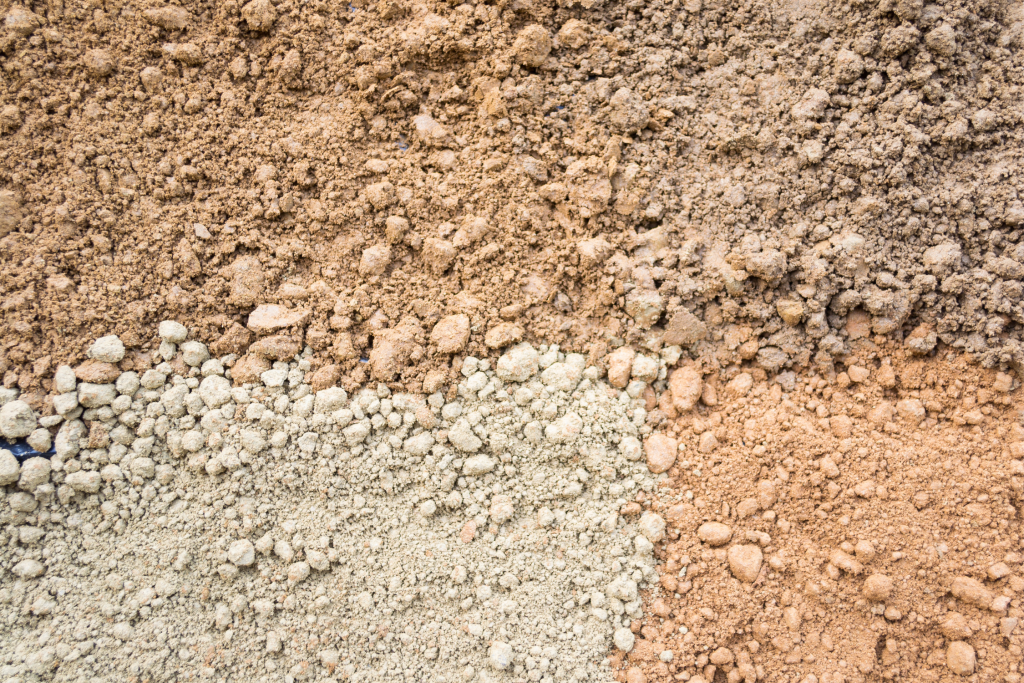
Soil is the foundation of terrestrial life, providing nutrients and a medium for plants to grow, as well as playing a crucial role in various ecological processes. While it might look like a uniform layer of earth, soil is incredibly diverse, with different types possessing distinct characteristics and benefits. In this blog, we’ll explore the various types of soil, their unique properties, and how they impact plant growth and ecosystem health.
1. Sandy Soil
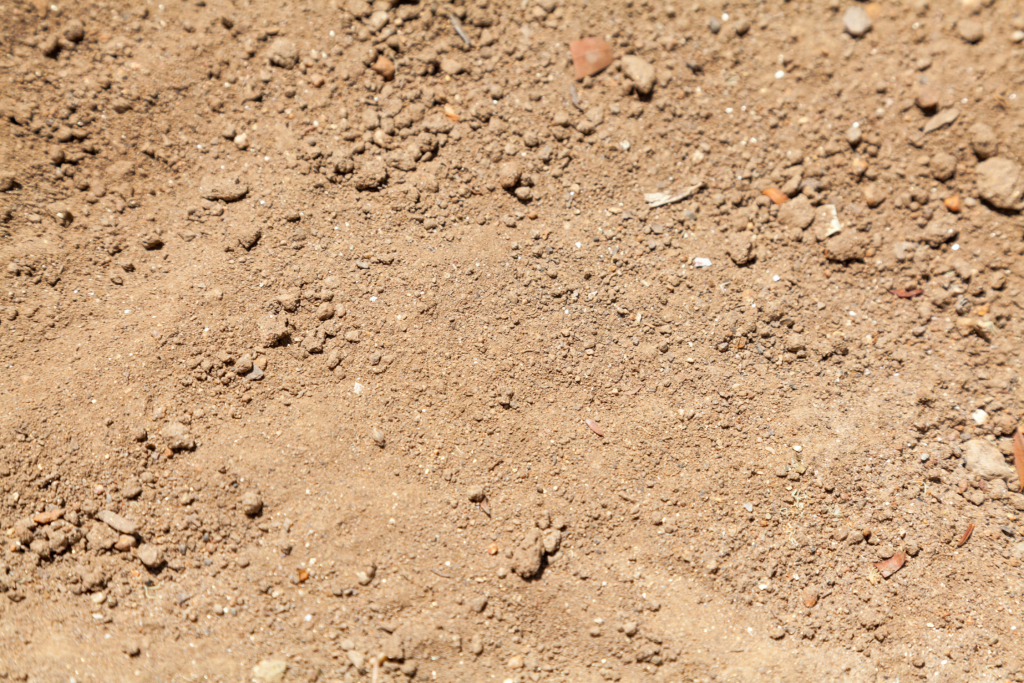
Characteristics:
- Large, coarse particles
- Good drainage
- Low nutrient retention
Advantages:
- Easy to work with
- Warms up quickly in spring
Challenges:
- Dries out quickly
- Requires frequent watering and fertilization
Best Suited For:
- Root vegetables like carrots and potatoes
- Plants that prefer well-drained soil, such as lavender and cacti
2. Clay Soil
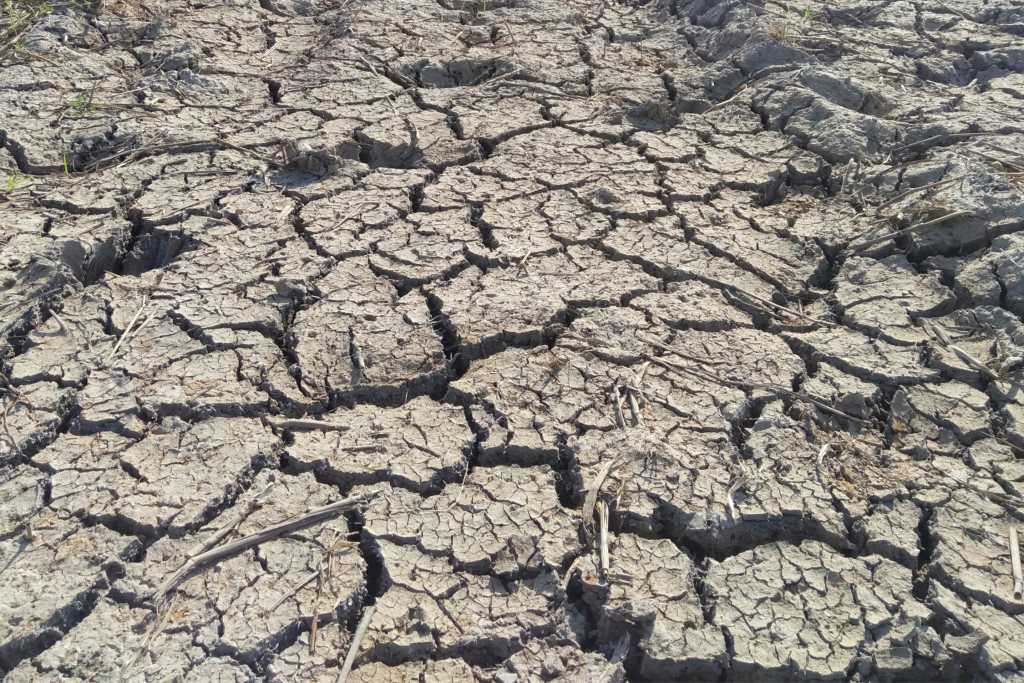
Characteristics:
- Small, fine particles
- High nutrient retention
- Poor drainage
Advantages:
- Retains moisture well
- Rich in nutrients
Challenges:
- Prone to waterlogging
- Hard to work with when dry
Best Suited For:
- Heavy feeders like roses and vegetables that require consistent moisture
3. Silty Soil
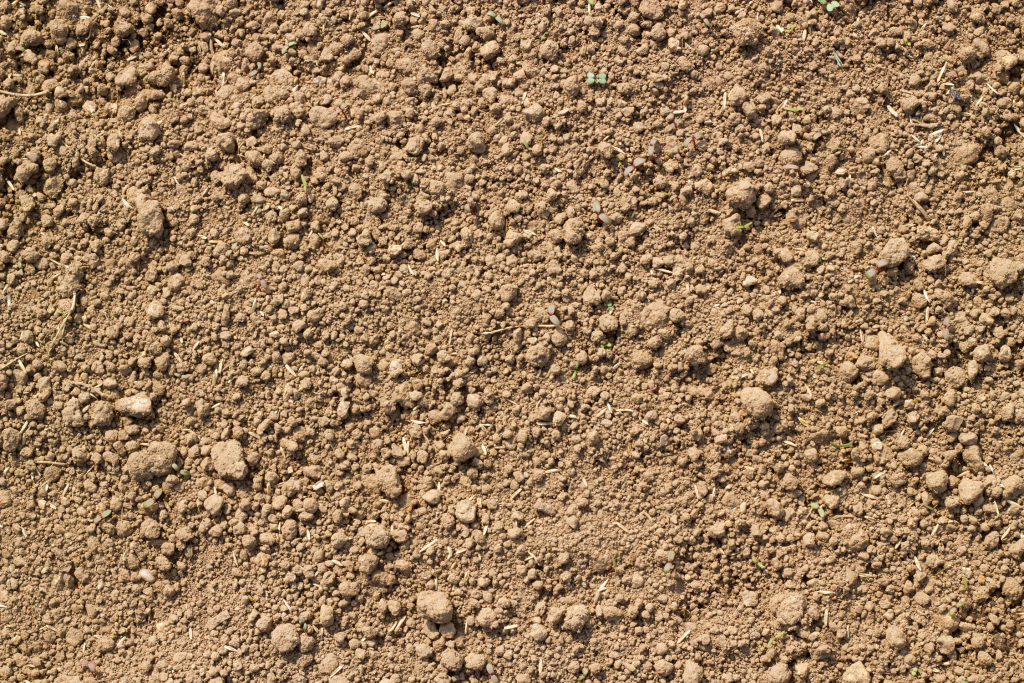
Characteristics:
- Smooth, fine particles
- Moderate drainage and nutrient retention
Advantages:
- Holds moisture and nutrients well
- Easy to cultivate
Challenges:
- Can become compacted
- Prone to erosion
Best Suited For:
- Vegetables and fruits, especially berries
- Flower beds
4. Loamy Soil
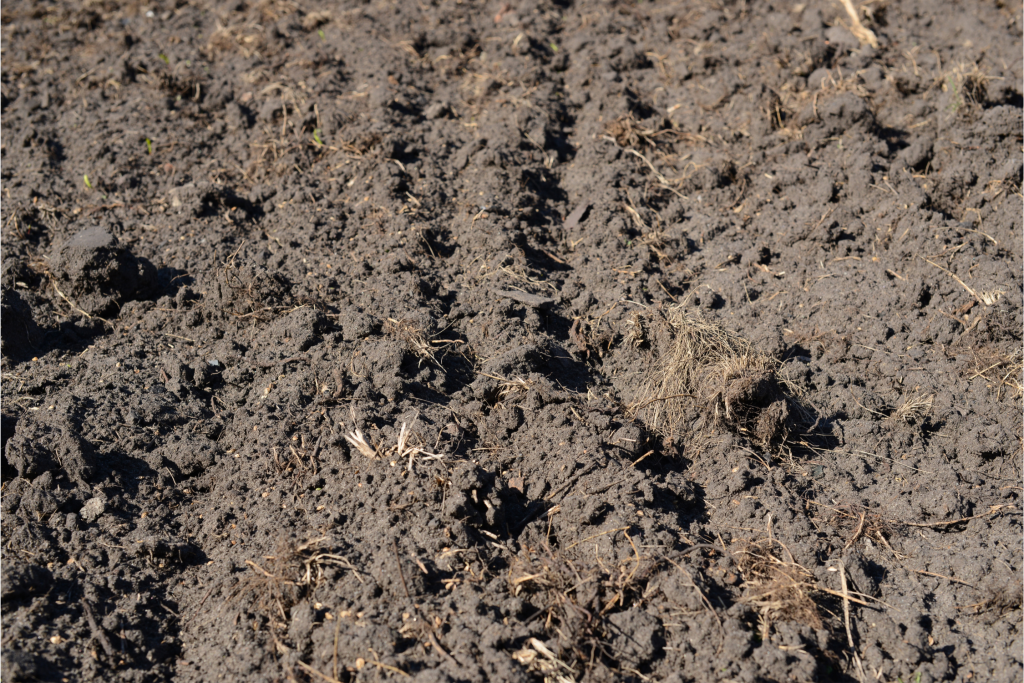
Characteristics:
- Balanced mix of sand, silt, and clay
- Excellent drainage and nutrient retention
Advantages:
- Ideal for most plants
- Easy to cultivate
- Holds moisture without becoming waterlogged
Challenges:
- Requires regular maintenance to maintain its structure
Best Suited For:
- Almost any type of plant, from vegetables and fruits to flowers and shrubs
5. Peaty Soil
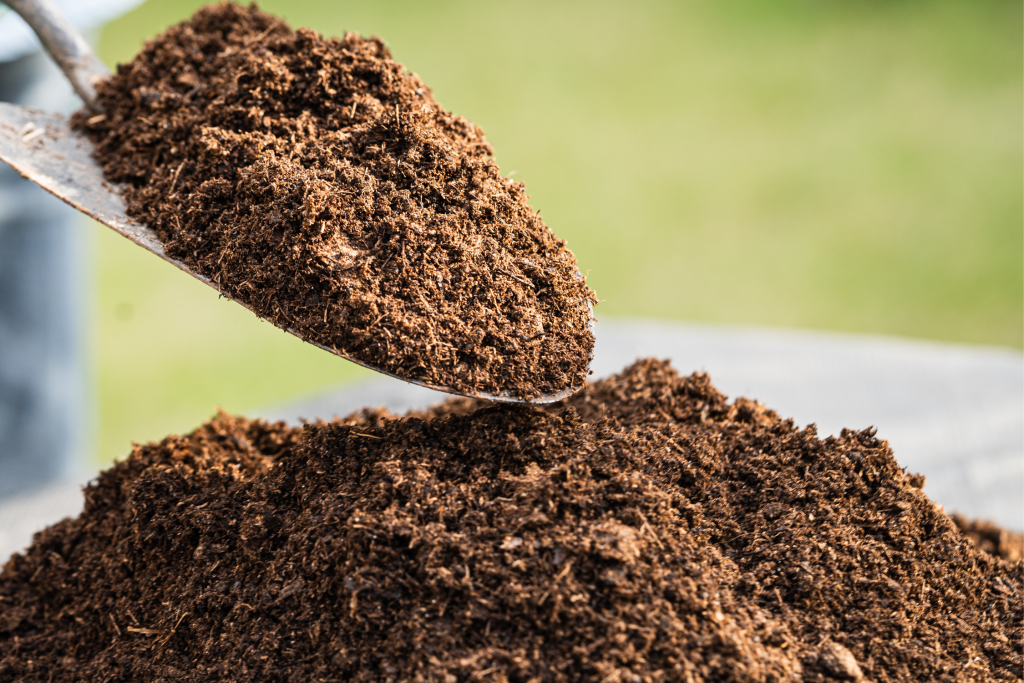
Characteristics:
- High organic matter content
- Dark color
- Acidic pH
Advantages:
- Retains moisture well
- Rich in organic matter
Challenges:
- Can be too acidic for some plants
- Requires liming to adjust pH
Best Suited For:
- Acid-loving plants like rhododendrons and blueberries
- Moisture-loving plants
6. Chalky Soil
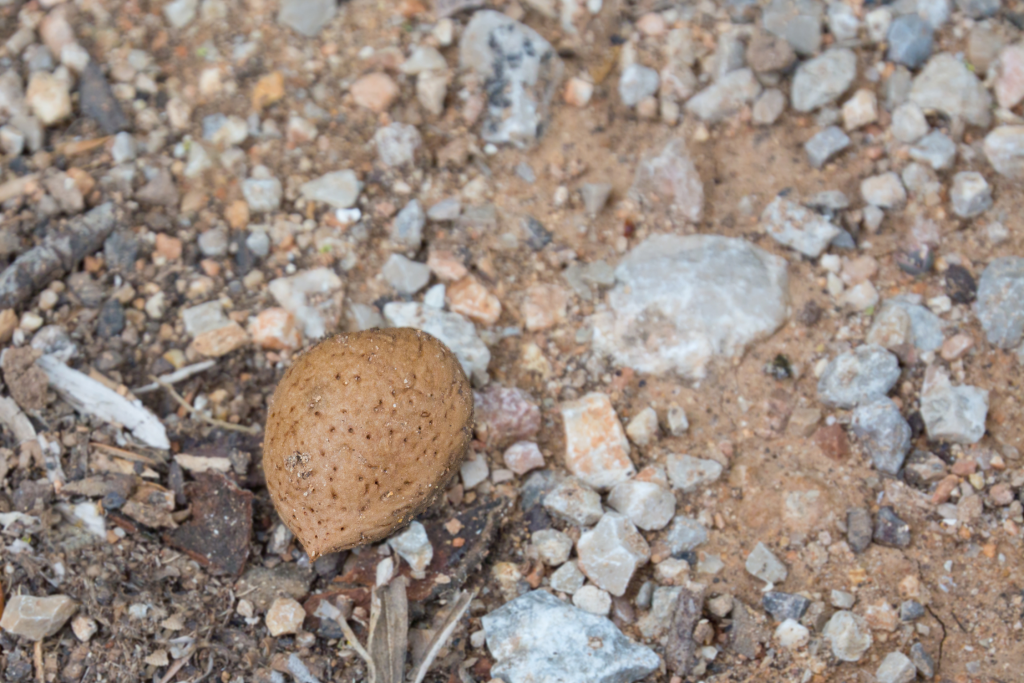
Characteristics:
- Larger particles
- Alkaline pH
- Poor nutrient retention
Advantages:
- Drains well
- Warms up quickly
Challenges:
- Can lead to nutrient deficiencies
- Requires regular soil amendments
Best Suited For:
- Plants that prefer alkaline soil, such as lilacs and clematis
- Mediterranean herbs like rosemary and thyme
7. Saline Soil
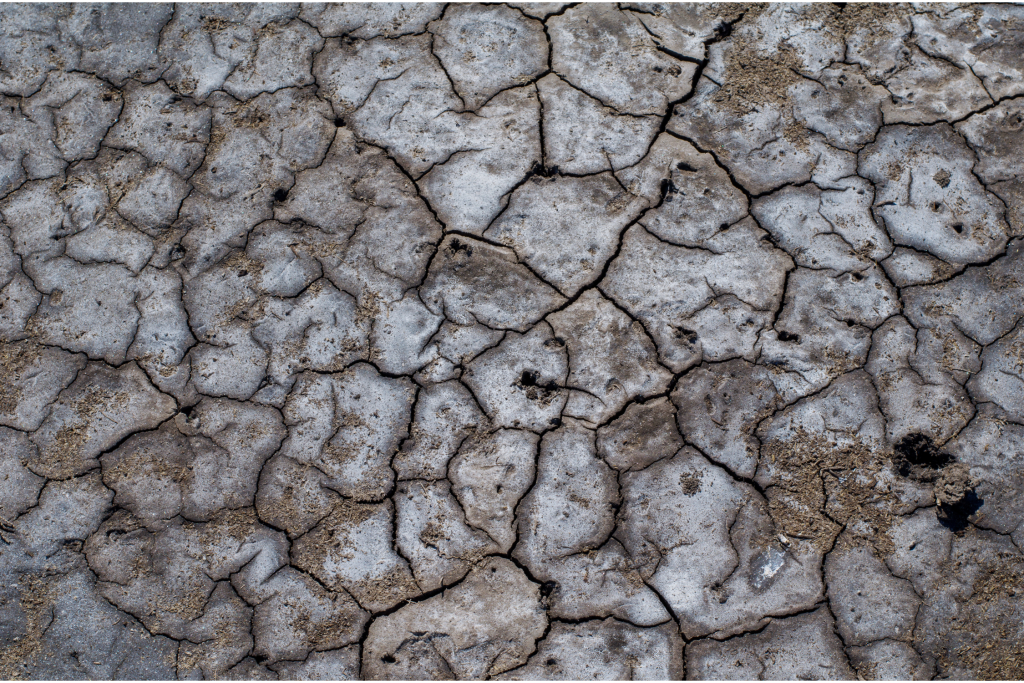
Characteristics:
- High salt content
- Poor structure and drainage
Advantages:
- Suitable for salt-tolerant plants
Challenges:
- Requires careful management
- Can be detrimental to many plants
Best Suited For:
- Halophytes (salt-tolerant plants) such as certain grasses and succulents
How to Identify Your Soil Type
To determine your soil type, you can perform a simple test known as the “jar test”:
- Fill a jar with soil, water, and a pinch of salt (to help particles separate).
- Shake the jar vigorously and let it sit for 24 hours.
- Observe the layers that form: sand will settle at the bottom, silt in the middle, and clay on top.
By understanding your soil type, you can make informed decisions about which plants to grow and how to amend your soil to create the best conditions for your garden.
Conclusion
Different types of soil offer unique advantages and challenges, influencing plant growth and ecosystem health. Whether you’re a gardener, farmer, or simply a nature enthusiast, recognizing the diversity of soil types and their properties can help you cultivate healthier plants and appreciate the complexity of the natural world. By tailoring your gardening practices to your specific soil type, you can create a thriving garden that supports a wide variety of plant life.



